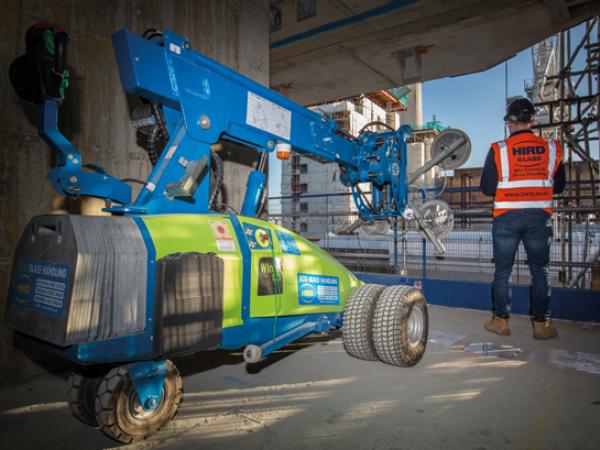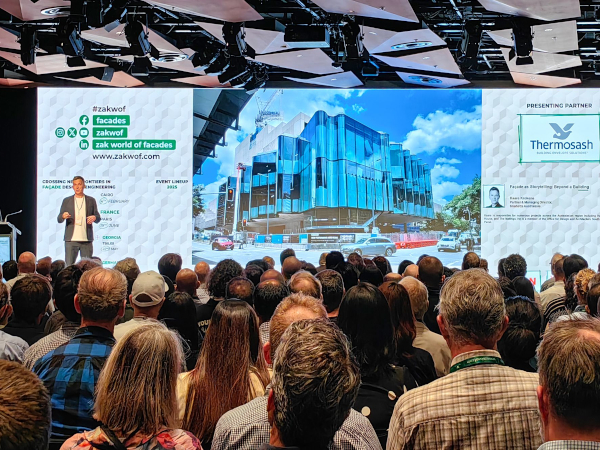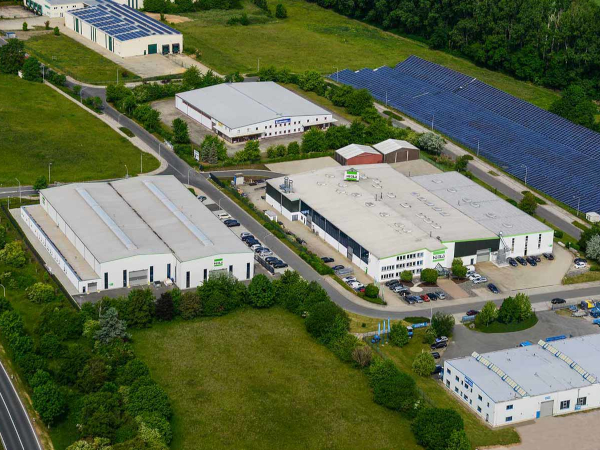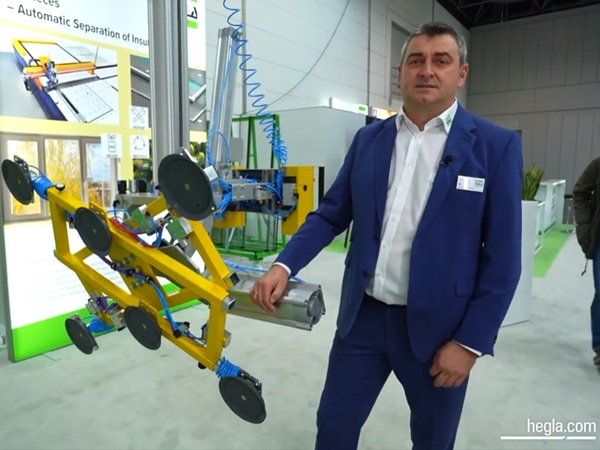
Date: 12 April 2016
The ground-breaking glazing robots, designed and built in Denmark, are proving a big hit with glass and curtain wall installers across the UK. The machines combine industry-leading lifting, carrying and glass manipulation capability with a compact design that boosts productivity, sustainability and cost-effectiveness of glass installation.
Two features – one relating to the Winlet’s class-leading safety standards, and the other to the precision of its load manipulation and reduced manual handling – are really getting noticed.Vacuum valve safetyThe first of these two features relates to the Winlet glazing robot’s vacuum valve system.
If there were to be a catastrophic failure of the vacuum system, which is highly unlikely but must be considered a risk, the vacuum valves on Winlet glazing robots are designed to stay open.This means that the load will continue to be held, with no loss of suction.The glass panel will not drop – there is no risk of damage, or of injury to anyone at the worksite.
John Wilding, Director of Hird, the authorised distributor for Winlet in the UK, says: “Winlet has had a lead on this technology, certainly in terms of its availability in the UK.
“Manufacturers of other large vacuum lifters are catching up, and are beginning to offer this safety function on their lifters. However, Winlet has demonstrated its determination to lead the field in terms of glass lifting safety.”
.jpg)
Precision glass manipulation
The second feature that operators really appreciate on the Winlet 575 glazing robot is the fully automated movement of the glass load, combined with linear side shift and gyroscopic control in the vertical plane.
On the Winlet, side shifting of the load is controlled by a hydraulic ram that keeps the load perfectly aligned with the aperture into which the glass is being placed.
The load moves in a flat vertical plane. Rival glazing robots move the load from side to side using their front wheels. So the load travels through an arc. This means it moves out of alignment with the aperture.
The operator either has to adjust the position of the machine, or is likely to need manual handling support from colleagues to place the glass safely. This adds to injury risks, increases the time taken to place glass sheets, and increases costs.
The Winlet glazing robot also has a gyroscopic function that allows the operator to hold the panel at exactly the same angle as the machine’s boom is moving up and down.
Again, this means the load can be positioned perfectly, with confidence, without having to resort to repositioning the glass or getting the help of additional operatives to manually handle the glass as it is guided into position.
John Wilding says: “These capabilities are central to the additional benefits Winlet delivers in terms of manipulating and safely controlling loads. Manual handling is reduced, fewer operatives are needed, reducing costs, and health and safety is demonstrably improved.
“Curtain walling clients are finding this very much impresses their tier one contractors who are demanding the highest health and safety standards, and who set their business reputations by their safety record.”
For more information about Winlet glazing robots. Telephone: +44 (0)1482 227333. Email: info@winlet.co.uk.
 600450
600450













Add new comment